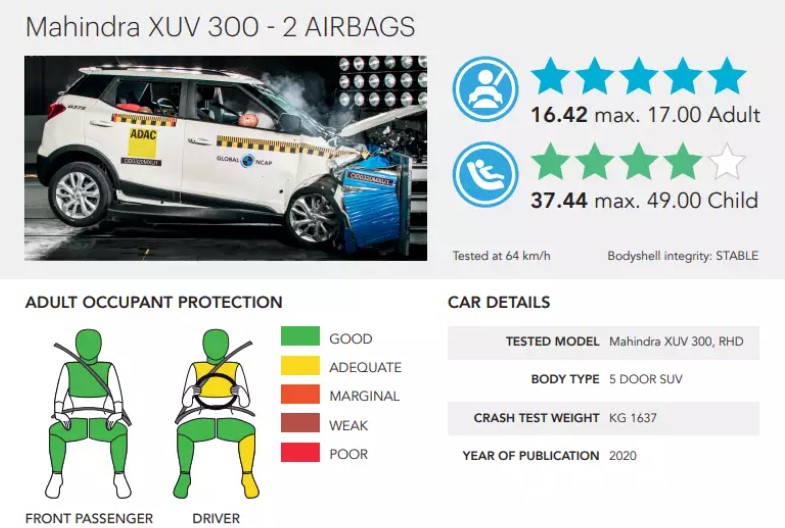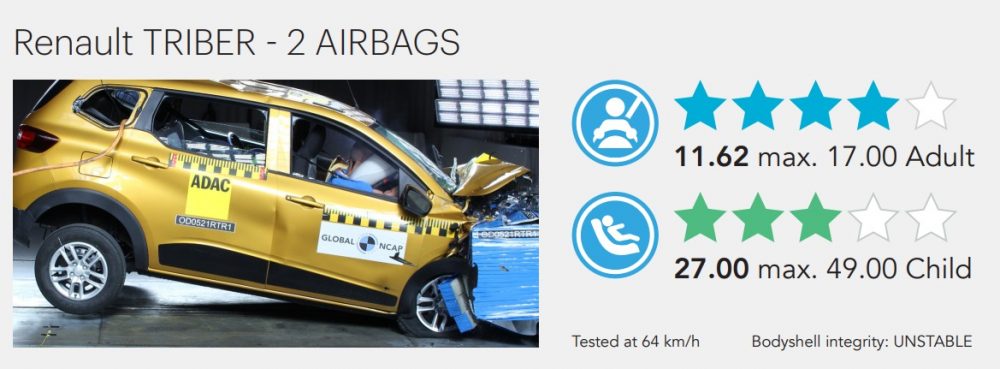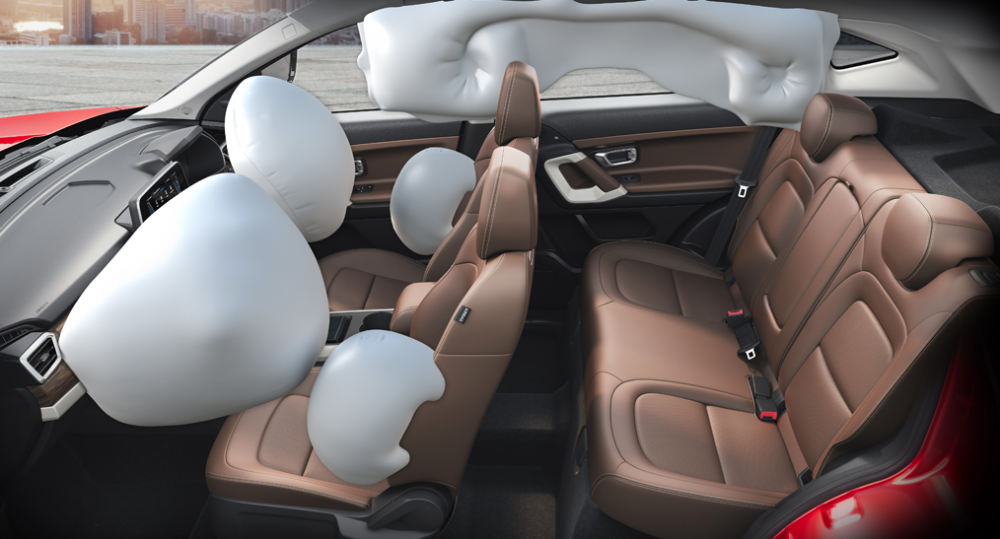With new vehicles being tested by Global New Car Assessment Program (GNCAP), all eyes are on the safety ratings of some of the most iconic vehicle models in India. But have you ever wondered how this global crash testing agency works? If not, then here’s everything you need to know about how the GNCAP works, and rates your favourite cars for safety.
Subscribe To The GoMechanic YouTube Channel 🔥
What is the Global NCAP?

The Global New Car Assessment Program is a vehicle crash testing agency that was established on the basis of the United States New Car Assessment Program, which much like the GNCAP is a programme that tests a vehicle’s worthiness in terms of its safety. With a “Global” badging, the GNCAP was first established in 2011 to enhance the corporation between various NCAP agencies and to promote and promulgate crash test reporting for global vehicles. Key initiatives of the GNCAP include projects like ‘Safer Cars for India’ and ‘Safer Cars for Africa’ through which it aims to enhance safety sensitization in countries like India and Africa.
How does GNCAP crash test vehicles?

While each NCAP has its own protocol for crash testing vehicles, the Global NCAP adopts a front offset method alone. This means that vehicles under the GNCAP, are crash tested based on frontal-offset impact, which is a test designed to simulate a head-on collision between vehicles. In the GNCAP testing, the testing vehicle is driven at 64 kmph with a 40 % overlap into a deformable barrier. This simulates a situation where the testing vehicle is crashed head-on with a vehicle of equivalent weight, with both vehicles moving at 50 kmph.
However, an important point to note is that the Indian Standard for safety testing requires vehicles to be tested for frontal offset at a speed of 56 kmph, which is less than what the GNCAP uses. This means that a vehicle can be fit enough to go on sale in India as per the Indian norms, and yet be given a poor rating by the GNCAP.
How does GNCAP Score vehicles?

Even though a vehicle cannot per se fail the GNCAP crash test, the GNCAP uses a star rating to signify the performance of a vehicle on its test. These ratings are on a 5-star scale; the higher the star rating is, the safer the vehicle is and vice-versa. This start rating is based on protection scores that are measured for both adult occupants as well as child occupants, which are replicated via crash test dummies.
The 17 Point Adult Occupant Protection Score takes into consideration injury sustained by the occupant from four regions of the body – the head and neck, femur and pelvis, chest and knee and leg and foot. Additional points are awarded for the presence of crucial safety features on-board such as airbags, seatbelt reminder, ABS etc.
Whereas, the 49 Point Child Occupant Protection score takes into account the readings from dummies replicating 18- month to 3-year-old children that are placed in the OEM recommended child seats. Here, additional points are given for safety inclusions like ISOFIX, three-point seatbelts etc. A culmination of both adult and child occupant protection scores gives a vehicle its star ratings.
Related: 6 Safety Features That Now Come As Standard On Indian Cars
Why do we even need a crash test at all?

Well, simply stated, if all cars are launched in the market with a crash test, the prospective buyers would be equipped with objective information about a vehicle’s worth when it comes to safety. And with time, if the consumer sentiment is encouraged towards buying safer cars due to mandatory testing, OEMs will be encouraged to build vehicles that are nothing short of safe.
So this was how the GNCAP works to test vehicles based on their safety. Stay pinned to the GoMechanic Blog for everything automotive.
Also Read: Suzuki WagonR Smile | Why Should India Have This?
Checkout: Remembering The Honda Brio And Why It Failed The Indian Market





